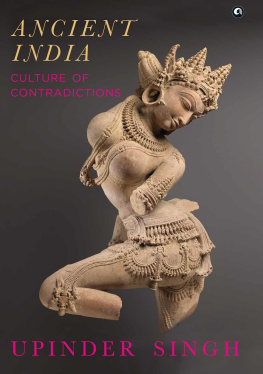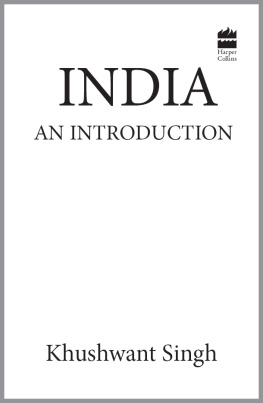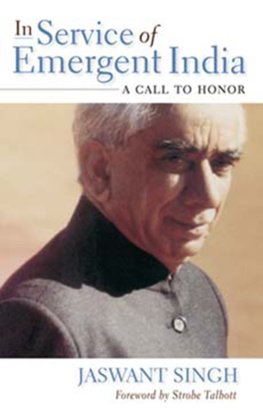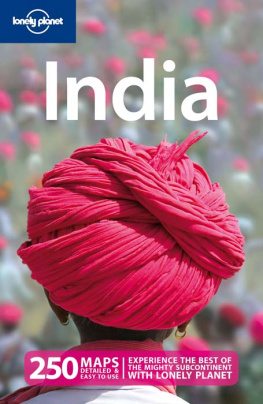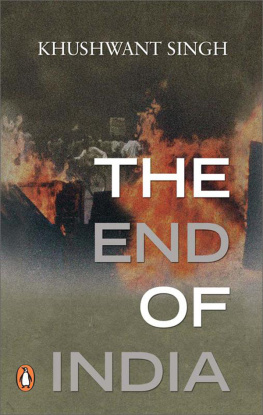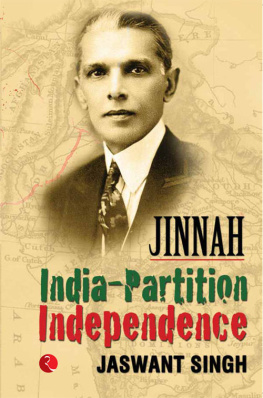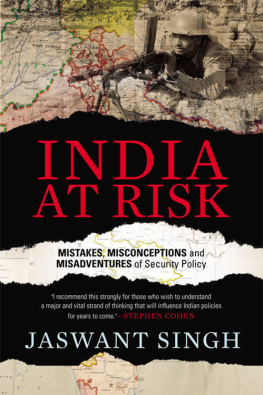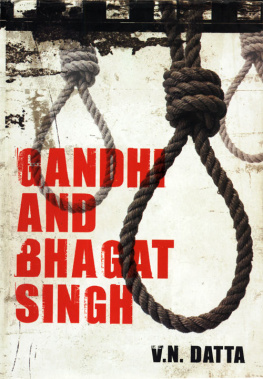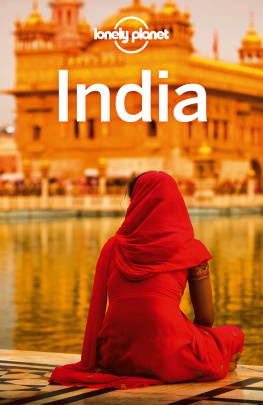Upinder Singh - ANCIENT INDIA: CULTURE OF CONTRADICTIONS
Here you can read online Upinder Singh - ANCIENT INDIA: CULTURE OF CONTRADICTIONS full text of the book (entire story) in english for free. Download pdf and epub, get meaning, cover and reviews about this ebook. year: 2021, publisher: Aleph Book Company, genre: Religion. Description of the work, (preface) as well as reviews are available. Best literature library LitArk.com created for fans of good reading and offers a wide selection of genres:
Romance novel
Science fiction
Adventure
Detective
Science
History
Home and family
Prose
Art
Politics
Computer
Non-fiction
Religion
Business
Children
Humor
Choose a favorite category and find really read worthwhile books. Enjoy immersion in the world of imagination, feel the emotions of the characters or learn something new for yourself, make an fascinating discovery.
- Book:ANCIENT INDIA: CULTURE OF CONTRADICTIONS
- Author:
- Publisher:Aleph Book Company
- Genre:
- Year:2021
- Rating:5 / 5
- Favourites:Add to favourites
- Your mark:
- 100
- 1
- 2
- 3
- 4
- 5
ANCIENT INDIA: CULTURE OF CONTRADICTIONS: summary, description and annotation
We offer to read an annotation, description, summary or preface (depends on what the author of the book "ANCIENT INDIA: CULTURE OF CONTRADICTIONS" wrote himself). If you haven't found the necessary information about the book — write in the comments, we will try to find it.
ANCIENT INDIA: CULTURE OF CONTRADICTIONS — read online for free the complete book (whole text) full work
Below is the text of the book, divided by pages. System saving the place of the last page read, allows you to conveniently read the book "ANCIENT INDIA: CULTURE OF CONTRADICTIONS" online for free, without having to search again every time where you left off. Put a bookmark, and you can go to the page where you finished reading at any time.
Font size:
Interval:
Bookmark:

Books by Upinder Singh
Political Violence in Ancient India (2017)
Portraits of Power (2017)
The Idea of Ancient India: Essays on Religion, Politics, and Archaeology (2016)
A History of Ancient and Early Medieval India: From the Stone Age to the 12th Century (2008)
The Discovery of Ancient India: Early Archaeologists and the Beginnings of Archaeology (2004)
Mysteries of the Past: Archaeological Sites in India (for children, 2002)
Ancient Delhi (1999)
Kings, Brhmaas, and Temples in Orissa: An Epigraphic Study (AD 3001147) (1994)
Books edited by Upinder Singh
The World of Indias First Archaeologist:
Letters from Alexander Cunningham to J. D. M. Beglar (2021)
Buddhism in Asia: Revival and Reinvention (2016)
Asian Encounters: Exploring Connected Histories (2014)
Rethinking Early Medieval India: A Reader (2011)
Ancient India: New Research (2009)
Delhi: Ancient History (2006)


ALEPH BOOK COMPANY
An independent publishing firm
promoted by Rupa Publications India
First published in India in 2021
by Aleph Book Company
7/16 Ansari Road, Daryaganj
New Delhi 110 002
Copyright Upinder Singh 2021
Photo credits on are an extension of the copyright page
All rights reserved.
The author has asserted her moral rights.
The views and opinions expressed in this book are those of the author and the facts are as reported by her, which have been verified to the extent possible, and the publisher is not in any way liable for the same.
The publisher has used its best endeavours to ensure that URLs for external websites referred to in this book are correct and active at the time of going to press. However, the publisher has no responsibility for the websites and can make no guarantee that a site will remain live or that the content is or will remain appropriate.
No part of this publication may be reproduced, transmitted, or stored in a retrieval system, in any form or by any means, without permission in writing from Aleph Book Company.
ISBN: 978-93-90652-61-7
This book is sold subject to the condition that it shall not, by way of trade or otherwise, be lent, resold, hired out, or otherwise circulated without the publishers prior consent in any form of binding or cover other than that in which it is published.
For Raghav, Madhav, and Rini
The existential question, Who am I? is as fundamental as the social question, Who are we? The first demands personal introspection and philosophical reflection. The second leads us to genetics and history. Scientific evidence shows that the worlds entire population is ultimately descended from African ancestors who moved into Asia thousands of years ago and gradually spread across the earth. In recent years, a burgeoning personal genome industry urges us to locate our more recent ancestry, for a price. Laboratory tests now track biological lineages across generations. But cultural lineages are much more complex. No DNA test can explain them.
This book was conceived in the BC (Before Covid) era, while I was designing a course on Indian Civilizations in Ashoka University. The prospect was daunting. How could I approach such a grand theme without being atrociously superficial, selective, and simplistic? Was it possible to convey anything meaningful about something so momentous within the span of a mere thirteen weeks? Was my course not doomed to failure even before it began? Instead of despairing, I decided to be upfront about the difficulties and to structure the course around key contradictions in ideas and attitudes in early Indian history (my own area of expertise), many of which are still discernible in India today. This book developed out of that initial impulse and was written during the ongoing Covid-19 crisis. There is nothing like a global pandemic to remind us of our mortality, to provide an incentive to complete unfinished business, and to underscore the oneness of humanity. Unfortunately, the continuing conflict and strife in India, and indeed across the world, shows that even a pandemic is not enough to replace the divides between countries and communities with the realization that we are all humans, alike not only in our susceptibility to microorganisms, but in more profound ways as well.
The great deal of popular interest in ancient India these days and the fact that the subject is both a political mine and minefield, make it more urgent than ever before to move discussions out of universities and academic journals into the wider world. Opinions are not the same as history. The discipline of history requires a careful examination of primary sources, the use of reason, rigorous analysis, and a conscious attempt at objectivity. For far too long, most Indian historians have chosen to magisterially speak from the pulpit, usually to other historians, rarely to ordinary people. The misconceptions and misinformation circulating at the popular level about history are a reflection of historians refusal (or inability) to communicate with a larger audience. Now, with the realization that this is a problem that must be addressed, there is a sudden spurt in books written by historians for normal people.
But old habits die hard. Indian historians have routinely framed their debates in terms of left versus right, both sides selectively citing evidence to fit their predetermined positions. For several decades, left historians ruled Indian academia and had the last word, one that could be contradicted or questioned only at ones peril. Today, the pendulum has swung to the other extreme, with the right stirring the communal cauldron and producing its hyper-nationalist brand of history. The flagrant politicization of history seems to have reinforced alreadyheld beliefs and has done little to promote open-minded enquiry. It has also led to popular suspicion about the credentials and agendas of the discipline of history itself. The feelings of belonging and alienation that history can arouse make it highly susceptible to manipulation; this susceptibility makes it all the more necessary to explain historical methods to non-historians.
Many misperceptions about ancient India arise from a lack of understanding of the primary sources which historians use to write their histories. These varied sources are the filter through which the past reveals itself; they include texts, archaeological remains, inscriptions, and coins, all of which need to be carefully contextualized and analysed. Ancient Indian texts were written in languages such as Sanskrit, Pali, Prakrit, Apabhramsha, Tamil, Kannada, and Telugu. Many were composed by multiple authors over long periods of time. The dates of many texts, including the Rig Veda, Ramayana, Mahabharata, Tipitaka, Jaina canonical texts, and Arthashastra have been debated for decades, but it is clear that their composition stretched across several centuries. For instance, the Mahabharata was composed between c. 400 BCE and 400 CE. The very idea of a text evolving, growing, and changing over eight centuries is mind-boggling. Scholars have tried to reconstruct the original content of such texts by comparing their manuscripts to create critical editions, which are believed to represent their original core.
Next pageFont size:
Interval:
Bookmark:
Similar books «ANCIENT INDIA: CULTURE OF CONTRADICTIONS»
Look at similar books to ANCIENT INDIA: CULTURE OF CONTRADICTIONS. We have selected literature similar in name and meaning in the hope of providing readers with more options to find new, interesting, not yet read works.
Discussion, reviews of the book ANCIENT INDIA: CULTURE OF CONTRADICTIONS and just readers' own opinions. Leave your comments, write what you think about the work, its meaning or the main characters. Specify what exactly you liked and what you didn't like, and why you think so.

